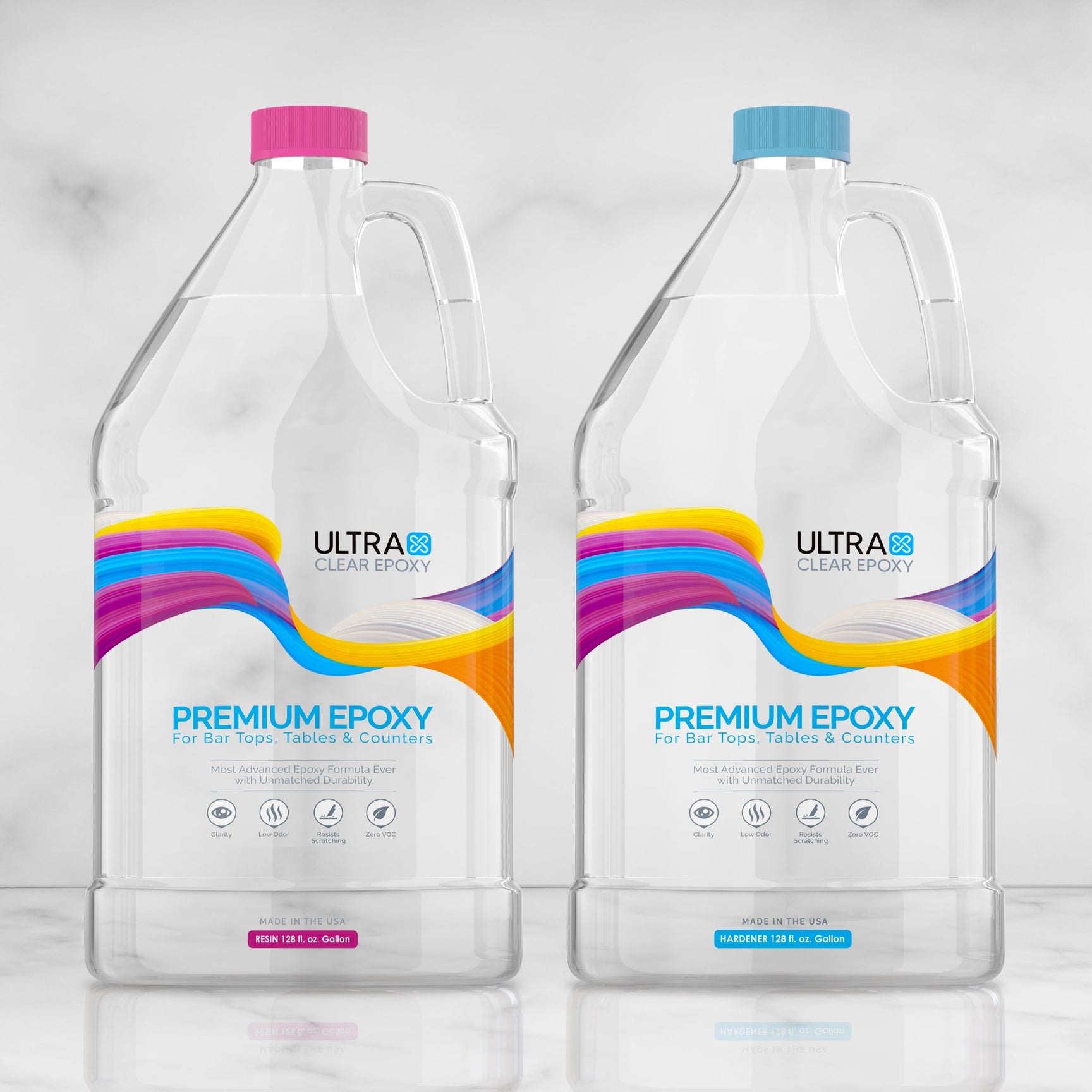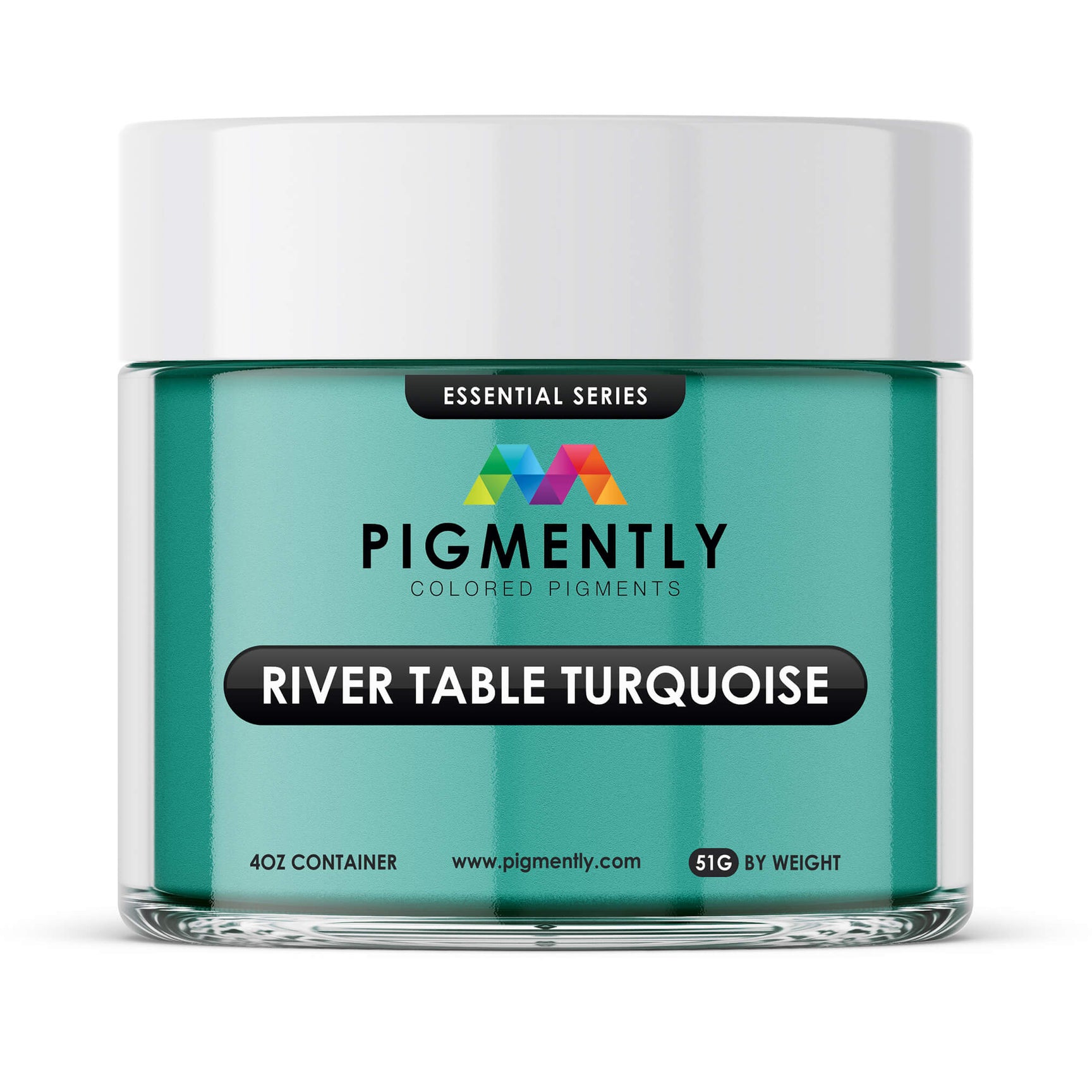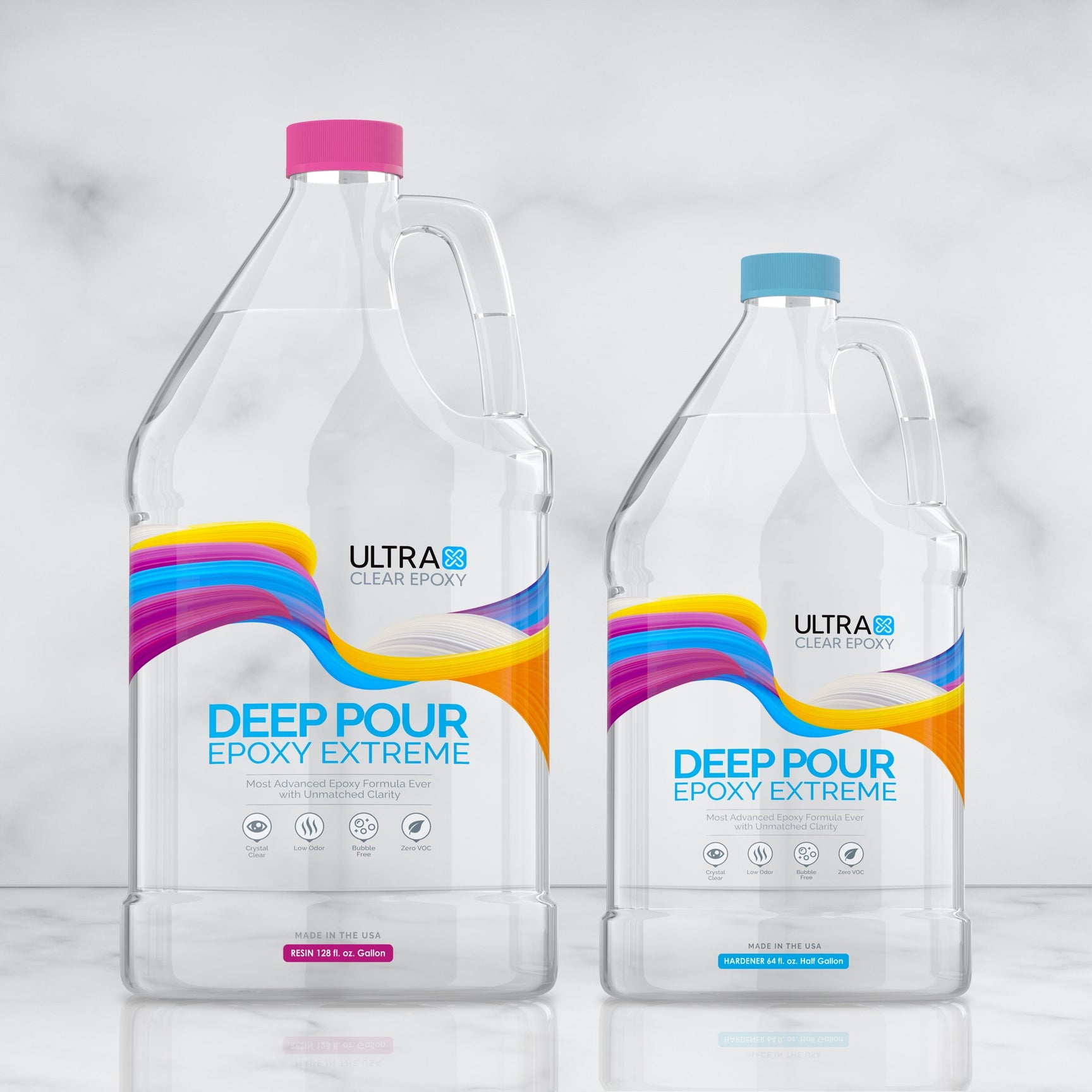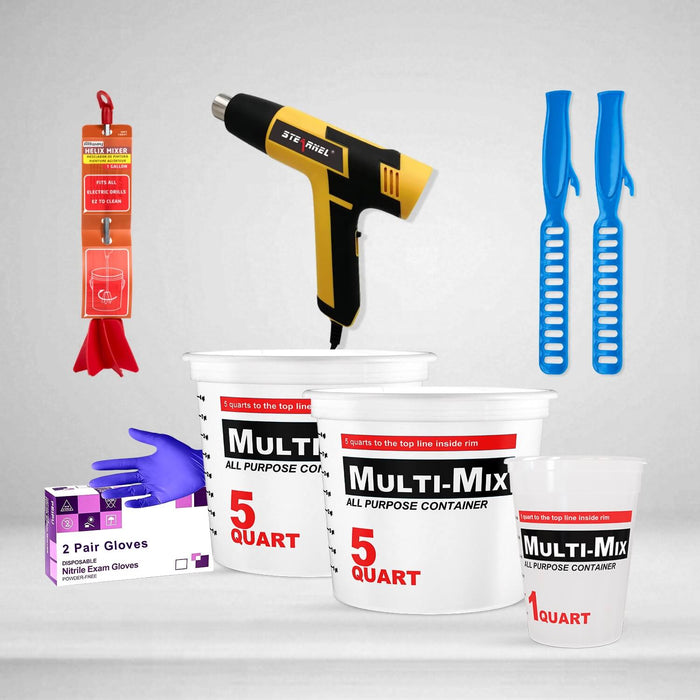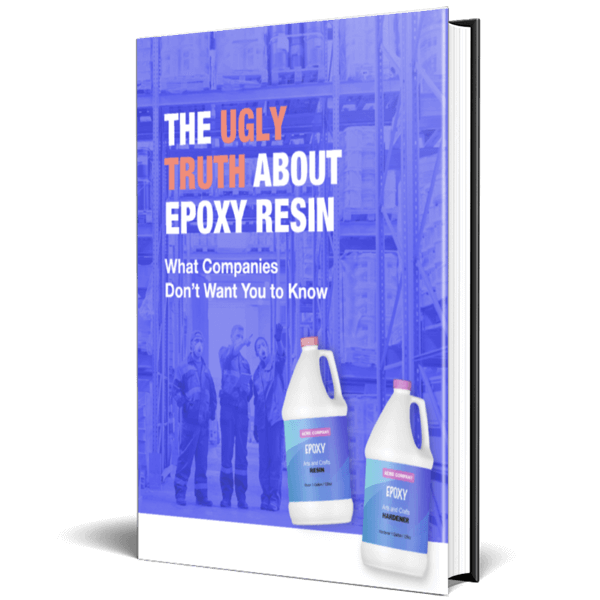It's easy to understand the allure of a wooden table top—or any kind of wooden furniture, honestly. Wood is beautiful and diverse, with hundreds of different types in common use, from light to dark, from brown to red to black and more. And that's just what's inherent, before the wood has been treated to enhance its appeal.
But one of the few downsides to wood is that it can be very fragile and finicky. It's easy to damage the surface of it, leaving behind imperfections that mar the aesthetic appeal. For this reason, most wooden furniture is given a sealant, i.e., a coating that protects the surface of the wood from the types of things that could ruin it.

Sealants: The best friends of wooden surfaces
Sealants come in a variety of forms. Some are oils, some are polymers, others are made of wax. Each type provides a different set of protections, each at a different level.
For instance, typical wax finishes are very light in what they provide. It gives the wood some resistance to moisture but only a very light amount of physical protection (e.g., protection from scratches). They tend to require frequent resealing—certainly more so than most other sealant options.
Common sealants for wood include the following:
- Wax
- Hardwax oil
- Lacquer (e.g., pre-catalyzed lacquer)
- Varnish (e.g., oil-based, water-based)
- Polymer coating (e.g., polyurethane, epoxy resin)
These categories represent a range of sealant variants which can be bought from a variety of different brands. Among them, only the polymer coatings provide complete protection from a full range of sources. And within that category, it's epoxy resin that stands out as the strongest, safest, and most user-friendly option for wood-surface sealants.
In this article, we'll talk about how well epoxy can bond with a wooden table top.
Can you epoxy over a wood table top?
Epoxy is an exceptional sealant choice for wood table tops, providing comprehensive protection against physical damage (e.g., scratching and denting), moisture damage (e.g., staining and warping), and chemical damage (e.g., dissolution/deformation via solvents, oils, or greases).
Epoxy is highly transparent, to showcase the beauty of wood.
In addition to its protective properties, epoxy has a beautiful clear surface, making it ideal for showcasing the unique look of a wooden table top.
By default, a high-quality epoxy resin will cure with a glasslike transparency. This allows the grain of the wooden substrate to show through in high clarity. The clear epoxy finish also tends to deepen the colors of the wood, making them seem fuller and more vivid.
Epoxy is also highly customizable.
Sometimes with wooden table tops, you just want something more, visually. In cases like that epoxy can be customized to not only protect and enhance the appearance of the wood, but also to alter the look of the table top in general.
This is generally accomplished through either the addition of colorants into the epoxy mix, or through the used of embedded objects—or both!
Add colorants to produce eye-catching hues with a captivating shimmer.
One of the easiest ways to customize your epoxy table top finish is by mixing colorful pigments or dyes into the resin blend before applying it to the wooden table top substrate.
There are two prominent colorant types for epoxy resin: mica powder pigments and resin dyes.
Mica powder pigments
Mica powder pigments are made primarily from ground mica minerals, which are naturally reflective. They come in powder form and can be added in small amount for a dramatic effect. When mixed into epoxy resin, the mica powder infuses it with a gentle shimmering tone of whatever color the user has chosen.
Mica powders are generally opaque when applied in recommended amounts, though using less can leave the resin translucent. This type of colorant is also the most common choice for coloring the epoxy vein in wooden river table tops.
In our store, we offer high-grade mica powder pigments from Pigmently.
Resin dyes
In contrast to mica powder pigments, a resin dye is a potent liquid colorant that lacks the shimmering effect of mica powder.
Resin dyes come in a variety of solid colors and are generally translucent, though as always, the more you use, the opaque the coloration becomes. Resin dyes are also meant to be added during the mixing phase of an epoxy batch, allowing the colorant to diffuse into the resin mixture until it is evenly distributed for a single, solid tone.
In our store, we offer premium resin dyes from Pigmently.
Put souvenirs, mementos, or creative patterns on permanent display through embedding.
Another popular method for customizing an epoxy wooden table top is by embedding small objects into the epoxy coating applied to it.
Mementos and memorabilia are common choices for this concept, though many users also create their own interesting patterns and artwork by embedding numerous objects of the same time such as bottle caps, wine corks, pennies, etc.
Other than size, there are few limitations on what can be embedded within an epoxy finish, and even organic things like dried flowers can be used as long as they're prepared properly beforehand.
Learn more about embedding objects in epoxy here.

Q&A: Wood Epoxy Table Tops
Below, we'll provide answers to a few common questions regarding apply epoxy to wooden table tops.
#1: Should you sand the wood before applying epoxy?
Generally, this is a good idea. A light sanding won't leave much of a mark, but will give the epoxy a better surface to "grip" once it's been poured on and attempts to bond.
Learn more about prepping your wooden surfaces for an epoxy coating here.
#2: Do you need to seal the wood before applying the epoxy?
You don't need to apply any other sealant prior to the epoxy resin, but we highly recommend that you apply a seal coat of epoxy before you do a flood coating (which is the full coating that covers the entire table top).
This is done by manually brushing on a thin coating of epoxy and allowing it to partially cure. The thin coating pushes into the pores of the wooden substrate and releases any air from them, preventing it from becoming air bubbles in your epoxy finish later.
Learn about the epoxy coating types here.
#3: Is epoxy food safe?
Yes. Epoxy is food safe, making it great for any type of table top, including dining tables where people tend to gather for meals.
Just be sure to use epoxy from a trusted source, and avoid low-quality budget brands which are often imported to bypass safety and quality assurance regulations.
Learn more about the safety of epoxy in our guide on the topic here.
#4: Will epoxy work on live-edge wood?
Yes. In fact, live-edge wood is frequently used for epoxy projects.
Because table top epoxy is self-leveling, with high viscosity and cohesion, it tends to wrap around the surface of wood, conforming neatly to its shape. This allows it to be applied to irregular surfaces with ease, at which point it can cure and harden into its solid form.
#5: Which epoxy is best for wood table tops?
Our UltraClear Bar & Table Top Epoxy is recommended for table tops, as it is the strongest resin available while also being self-leveling and fully transparent. It's also the most suitable option for applying a seal coat, which is recommended for porous materials like wood.
You can find it in our store here.
Additional Resources
Here are some additional resources you may find useful:
- Why epoxy resin and wood pair so well together: Our article explaining why epoxy and wood have become such a popular combination.
- Guidelines for cleaning epoxy surfaces: Learn how to keep your epoxy wood table top clean after a successful application and cure.
- The Epoxy Application Process, Step by Step: New to epoxy? Read the basics on applying it here.
Epoxy resin: Not invincible—but as close as a sealant gets.
As with any material, epoxy resin has both pros and cons. But no other sealant has so few weaknesses, and that's what puts epoxy above all other options when it comes to being a finish for high-traffic fixtures and furniture such as countertops, table tops, and bar tops. This is especially true for premium epoxy resins, such as our UltraClear products.
You can find our UltraClear Epoxy products on the following pages:
- UltraClear Bar & Table Top Epoxy: The classic choice for bar tops, countertops, and table tops. Rock-solid, waterproof, and crystal-clear.
- UltraClear Deep Pour Epoxy: Our deep pour casting resin. Ideal for thick layers, such as those needed for river tables.
- UltraClear Art & Craft Epoxy: Our arts and crafts resin, designed for smaller artistic endeavors which typically involve resin molds and require a bit more fluidity than bar top epoxy.
With high chemical and physical resistance, epoxy can withstand and endure many forms of wear and tear without breaking a sweat or showcasing any cosmetic damage.
Plus, in addition to its ease of application, it also requires little upkeep to maintain its pristine appearance. With a high-quality epoxy finish, you can expect a minimum lifespan of 7 years, with no need for reapplication. Beyond that, it's a breeze to renew that coating, requiring only a light sanding and a fresh layer of epoxy.






